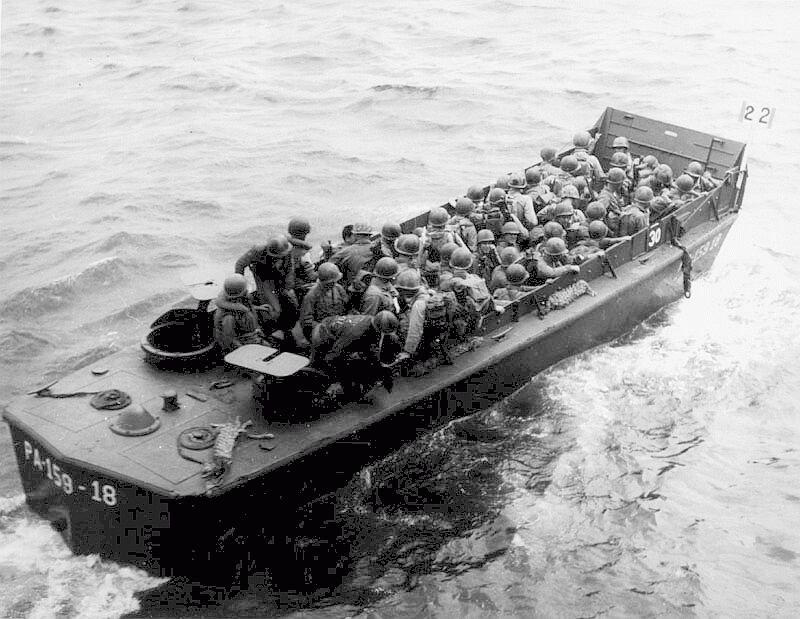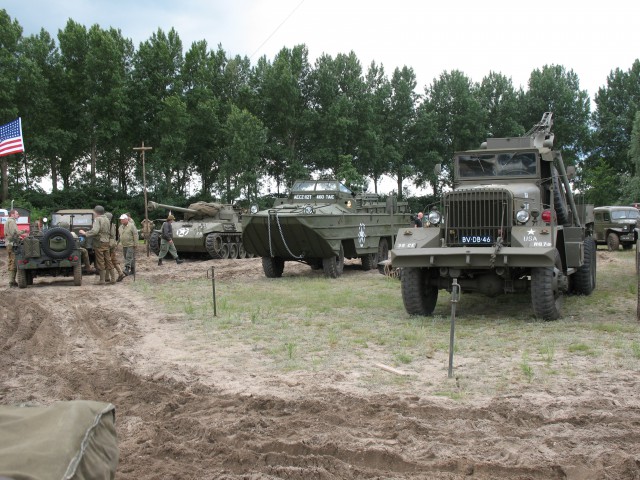Besides the men that put their lives on the line, it were the military vehicles that supported them and made their effort a possibility. For instance, if it wasn’t for the Liberty Ships, food, ammo, and equipment could never have been shipped to the UK whilst the Atlantic Ocean was still infested with U-Boats which sank massive numbers of Allied ships.
10. The Jeep
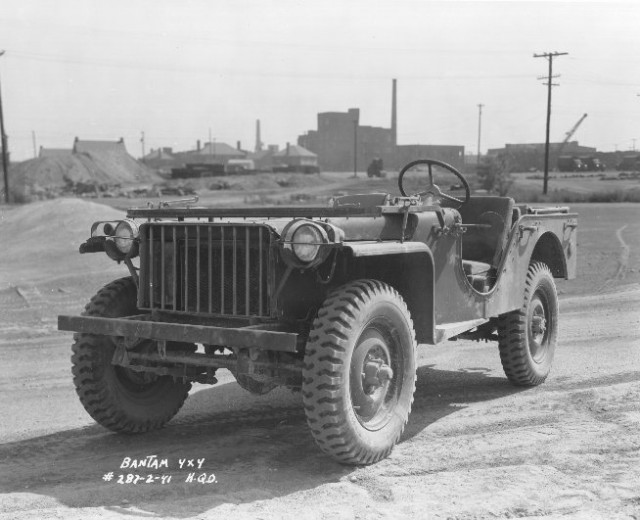
The United States military encouraged both Willy’s-Overland Motors and Ford Motor Company to build test models, as American Bantam Car Company lacked the production ability that both Willy’s and Ford offered. Representatives from both companies watched and studied the vehicle as it was being tested by the military in October of 1941. The military claimed to own the designs and turned them over to both companies. In just a few weeks, both companies had test vehicles available. The vehicles had the names Willy’s Quad and Ford Pygmy.
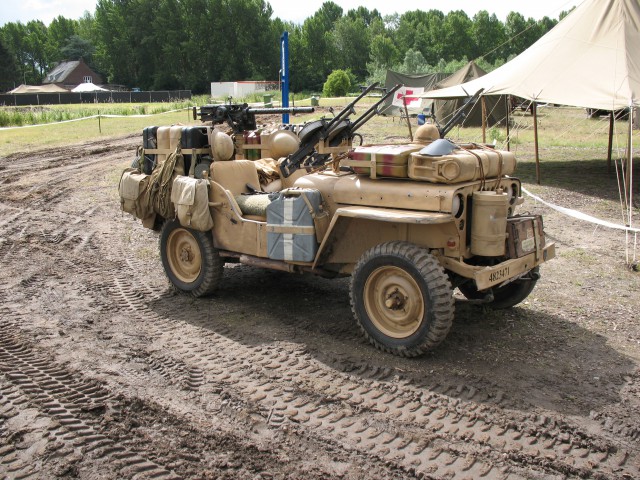
There were over 360,000 of the Willy’s MB produced, making it the most popular Jeep made during the time. Ford produced over 270,000 of their Jeep variant in the same timespan. In total, there were over 640,000 Jeeps built during World War II.
9. GMC CCKW Truck
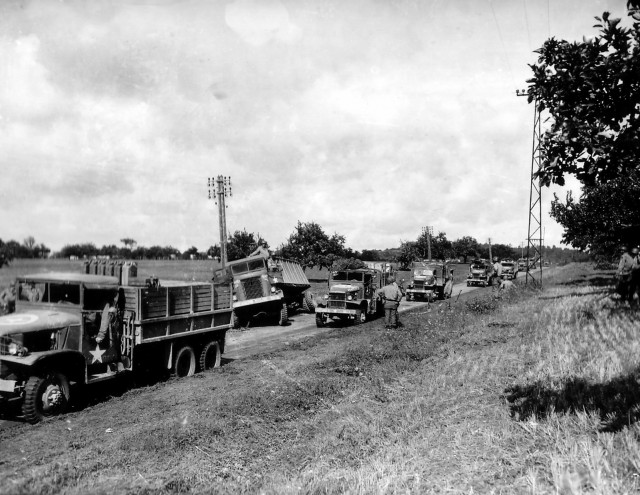
There were two major version of the truck; long wheel base (LWB 353) and short (SWB 352) and those came with closed cap early in the war and by 1944 the open cab was introduced. The open cap version had a canvas top which allowed a big save on materials used and time used to build them.
Roughly 1 out of every 4 open cabs had a machine gun mounting ring above the co-drivers position but late in the war the machine guns were rarely mounted on them as there was no need to defend against the Luftwaffe.
The name CCKW comes from GMC model nomenclature:
- “C”, designed in 1941
- “C”, conventional cab
- “K”, all-wheel drive
- “W”, dual rear axles
By the end of production in 1945, 562,750 CCKWs in all variants had been built, being beaten only by the “Jeep”.
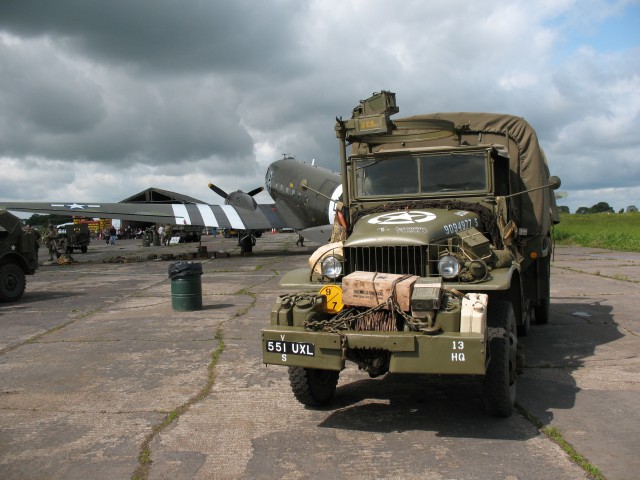
8. LCVP / Higgins boat
The Higgins boat was designed by Andrew Higgins, he based them on boat that were made to operate in swamps and mashes. The army gave them the nomenclature: LCVP or Landing Craft, Vehicle, Personnel. More than 20,000 LCVPs were built by Higgins Industries and licensees, and while this seems like a vast amount, the Allies faced a massive shortage of landing boats all through the war.
Normally the Higgins boats were made out of plywood and they could carry a platoon-sized complement of 36 men to shore at 9 knots. Soldiers usually entered the boats by
Typically constructed from plywood, this shallow-draft, barge-like boat could ferry a platoon-sized complement of 36 men to shore at 9 knots (17 km/h). Men generally entered the boat by climbing down a cargo net hung from the side of their troop transport but they were also used to ferry men from the shore to the troop ships too. To exit the Higgins boat the ramp could be lowered after which the 36 men could run onto the beach.
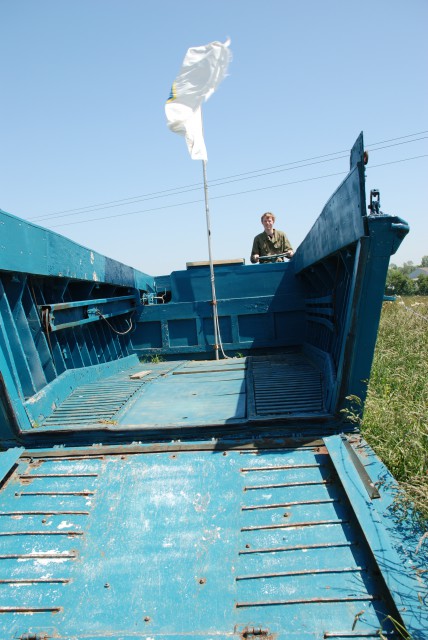
Dwight D. Eisenhower, the Supreme Allied Commander, declared that the Higgins boat was crucial to the Allied victory on the European Western Front, North Africa, and Italy:
“Andrew Higgins … is the man who won the war for us. … If Higgins had not designed and built those LCVPs, we never could have landed over an open beach. The whole strategy of the war would have been different.”
7. C-47 Dakota
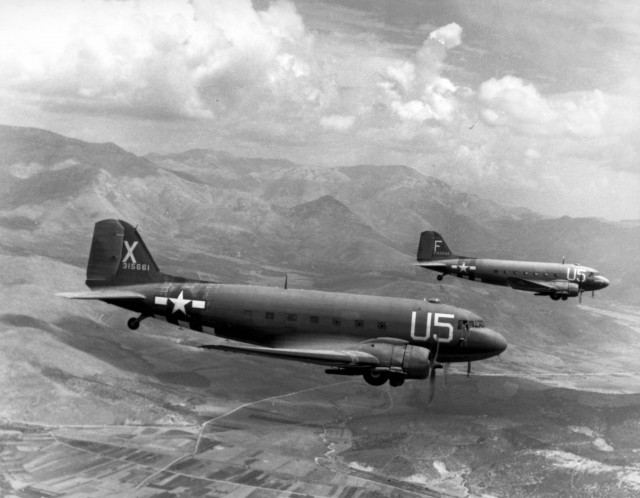
Huge numbers of Dakotas were used in Europe for the invasion of Normandy, Operation Market Garden, and Operation Varsity to drop paratroopers or tow gliders. When not in use for this role it was used to transport supplies, usually gasoline, to the front lines. During the Battle of the Bulge, they were used to drop supplies on the besieged 101st Airborne and other units at Bastogne.
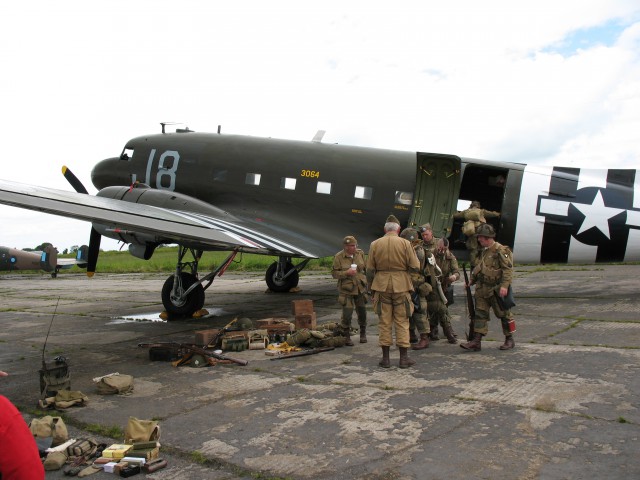
The C-47 was not armored and did not have self-sealing fuel tanks so even light FLAK was a serious danger to this low flying slow transport plane.
The C-47 was vital to the success of many Allied campaigns, in particular, those at Guadalcanal and in the jungles of New Guinea and Burma, where the C-47 (and its naval version, the R4D) made it possible for Allied troops to counter the mobility of the light-traveling Japanese army.
The C-47 was also used to make the difficult and treacherous flight from India to China throughout the Pacific war. Variations of the C-47 continued to be flown after the war and long into the Vietnam War until around 1967.
6. Aircraft Carrier
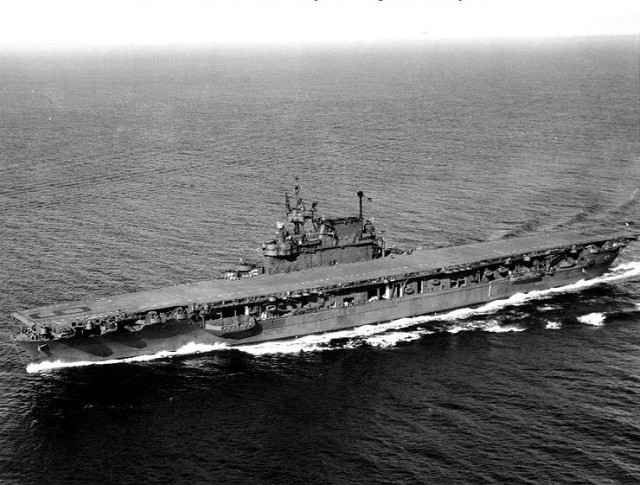
It was the aircraft carrier that changed naval combat during World War II, shifting the focus from surface engagements between Battleships to airplanes flying hundreds of km to throw a bomb or launch a torpedo. The superior range, flexibility, and effectiveness of the carrier-launched aircraft was the driving factor in this change having a longer range and higher precision than the traditional naval guns.
In November 1940 the British carrier HMS Illustrious launched a raid on the Italian Fleet at anchor at their base in Taranto, causing significant damage and incapacitated three of the six battleships at a cost of two biplane torpedo bombers. This method of attack was then copied and refined by the Japanese in their raid on the American fleet at Pearl Harbor, though the Aircraft Carriers, their prime objective, were not in port and escaped destruction.
The ability to project power has since been the hallmark of the Aircraft Carrier but the vulnerability of carriers has been demonstrated in 1940 when German battle cruisers sank the HMS Glorious. Later, during the Battle for Midway in the summer of 1942, a Japanese carrier was sunk by a U.S. submarine.
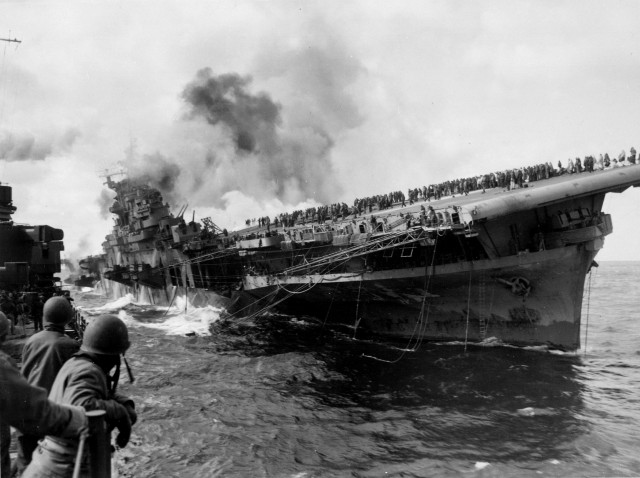
5. Supermarine Spitfire
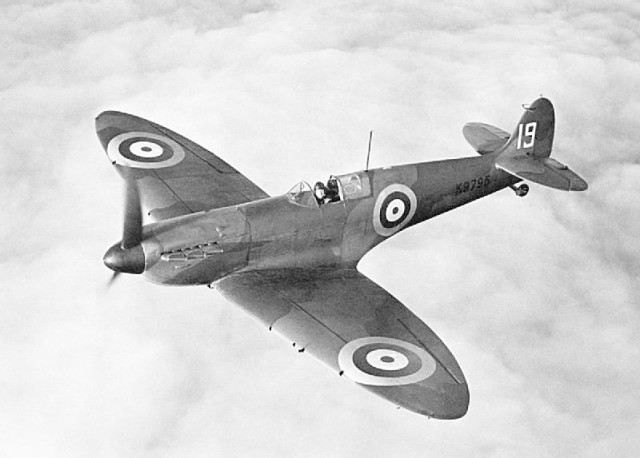
The Spitfire is most likely the most famous aircraft from the World War II era. It was the king of low-altitudes, it will be known forever as the plane that turned the tide in the Battle of Britain.
Its main foe in that battle was the 109, the Spitfire made the Germans stay low with their bombers, which was not ideal for the 109 but it was perfect for the Spitfire.
In the Battle of Britain, the Spitfire gained fame by having the highest victory-to-loss ratio among British aircraft. Bob Tuck (27 kills), Johnnie Johnson (34 kills) and Douglas Bader (20 Kills) were the ace fighters in that battle.
The Spitfire was also the most produced fighter for the British and was continuously produced throughout the war. (ok)
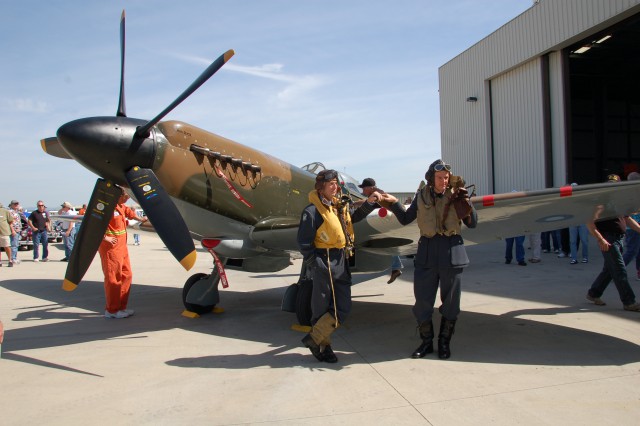
4. Liberty Ship
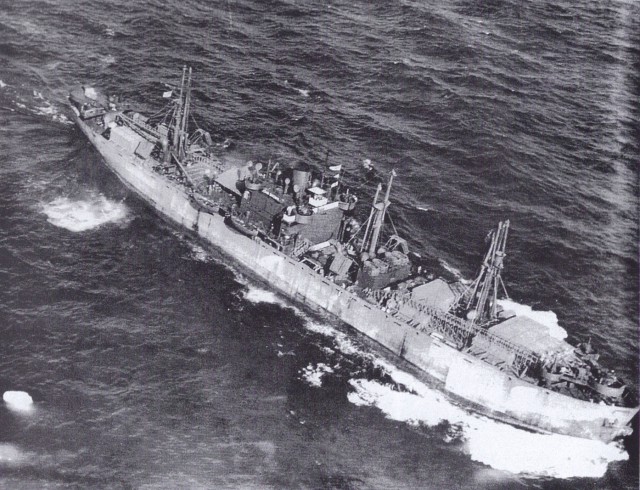
Referred to as “an ugly duckling” by Time Magazine, the “Liberty Ship” was the name given to the EC2-type ship which was designed for emergency construction by the U.S. Maritime commission during WWII.
In early 1941, Roosevelt announced a $350 million emergency shipbuilding program. Its goal? To quickly, efficiently, and economically produce in three years over half of the existing pre-war merchant fleet.
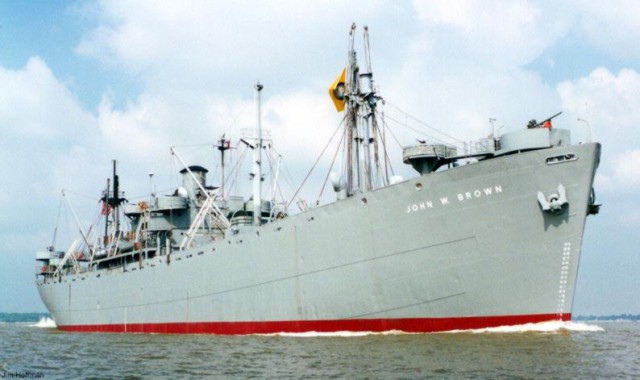
After the war, 2400 of the 2710 Liberty ships produced made it back to the U.S. intact. Of these, many made up the post-war cargo fleet, while a smaller proportion were sold to Greece and Italy. Today only a few still exist; two as operational museum ships.
The Liberty Ship’s production was an immense one. The sheer number of ships built, the often-overlooked roles that women played in its construction, and its survival rate during the war make the Liberty ship a subject of much public interest. It is quite possibly one the most historical ships ever produced.
3. Sherman Tank
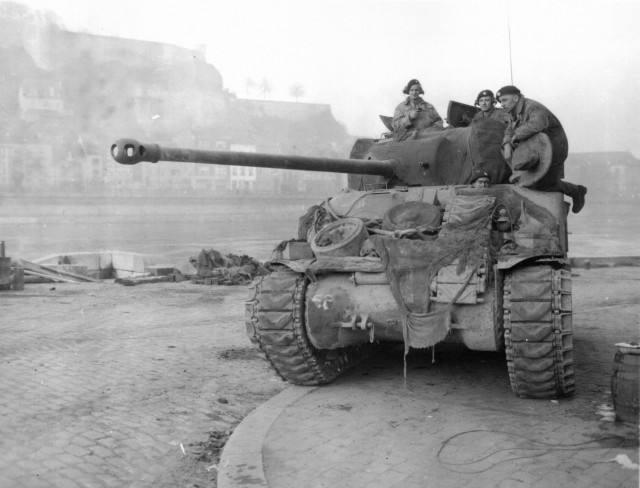
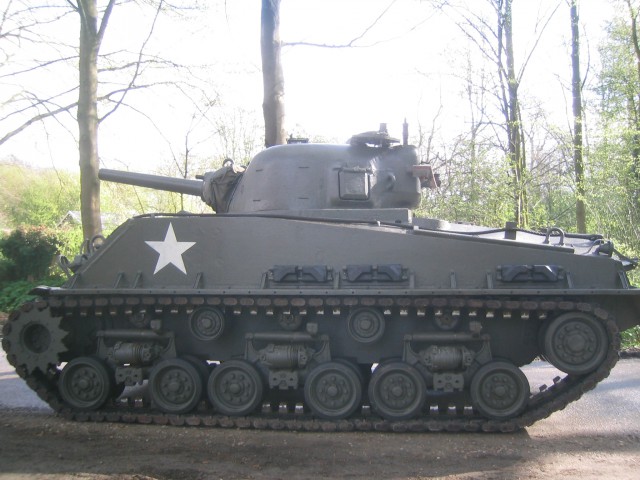
The Sherman was designed in 1940 and entered production the following year. The version that was the most common was armed with a 75 mm M3 L/40 gun and supported by a .50 cal Browning machine gun, accompanied with two more .30 cal machine guns. This firepower was mainly used to support infantry attacks in combined actions. The tank’s armor was 93 mm (3.7 in), or 118 mm (4.6 in) in an improved version which utilized the 76 mm gun.
After the war, the M4A3E8 armed with an improved 76 mm gun served in Korea together with the 105 mm M4 howitzer, where it encountered another iconic WWII tank ― the T-34-85. Sherman was easily comparable with the Soviet tank, and both were almost equal in terms of firepower and armor. After the Korean campaign, the M4 was retired in the American Army, but continued to serve elsewhere ― from China to Israel, from Netherlands to South Africa, this tank saw extensive service.
Since a large number of American Shermans was sold to developing countries after the war, it served in more than 50 armies worldwide.
A total of 49,234 were built and they remained in service in multiple countries for decades after WWII ended.
2. P-51 Mustang
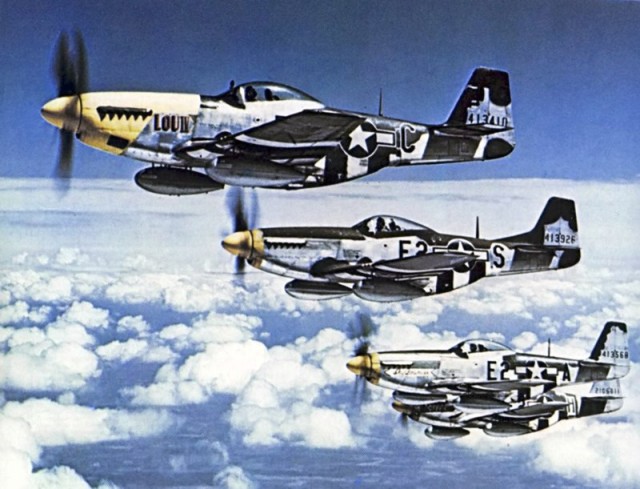
The Mustang was designed originally to be used with the Allison V-1710 engine – making it a very good aircraft. When the B & C models were made of the P-51, they added a Rolls Royce Merlin engine and this completely transformed its performance at high altitude (15,000+ feet) which meant it matched or even bettered that of the Luftwaffe’s fighter jets.
The final version of the P-51 was the P-51D, and this was powered by yet another engine, the Packard V-1650-7, and was fully armed with .50 caliber M2 machine guns (6 in total on each jet).
From late in 1943 P-51’s were used to escort bombers in raids over occupied Europe and over Germany, all the way to Berlin. The P-51’s with the Merlin engines were also used as fighter-bombers which made sure that the Allied ruled supreme in the air in 1944.
The P-51 was also used in service with Allied air forces in Italian, Mediterranean and North African areas of service and also saw action in the Pacific War against the Japanese. Within World War 2, P-51 pilots claim to have shot down 4,950 enemy aircraft.
1. DUKW
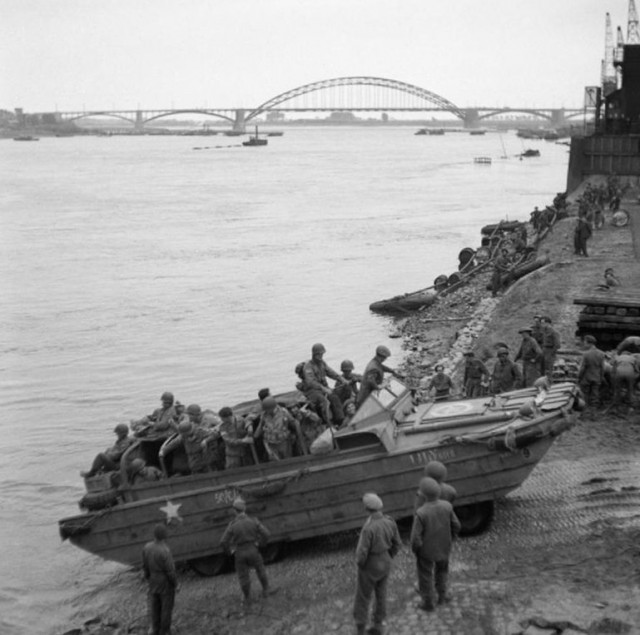
First in use in Guadalcanal in the Pacific theater, it was thereafter used in every amphibious invasion of the Allies and on more than one occasion, it saved the day by being the only vehicle available and able to keep the flow of supplies moving from ship to shore.
In Europe, they were used first time during the Sicilian Operation Husky in the Mediterranean and then on the D-Day beaches of Normandy and in the Battle of the Scheldt. During Operation Veritable and Operation Plunder they were used to cross the Rhine river.
21,147 were built during the war and they were used by all Allies, including the Russians who build and used a copy.
Surviving DUKWs have since found popularity as tourist craft in marine environments.
